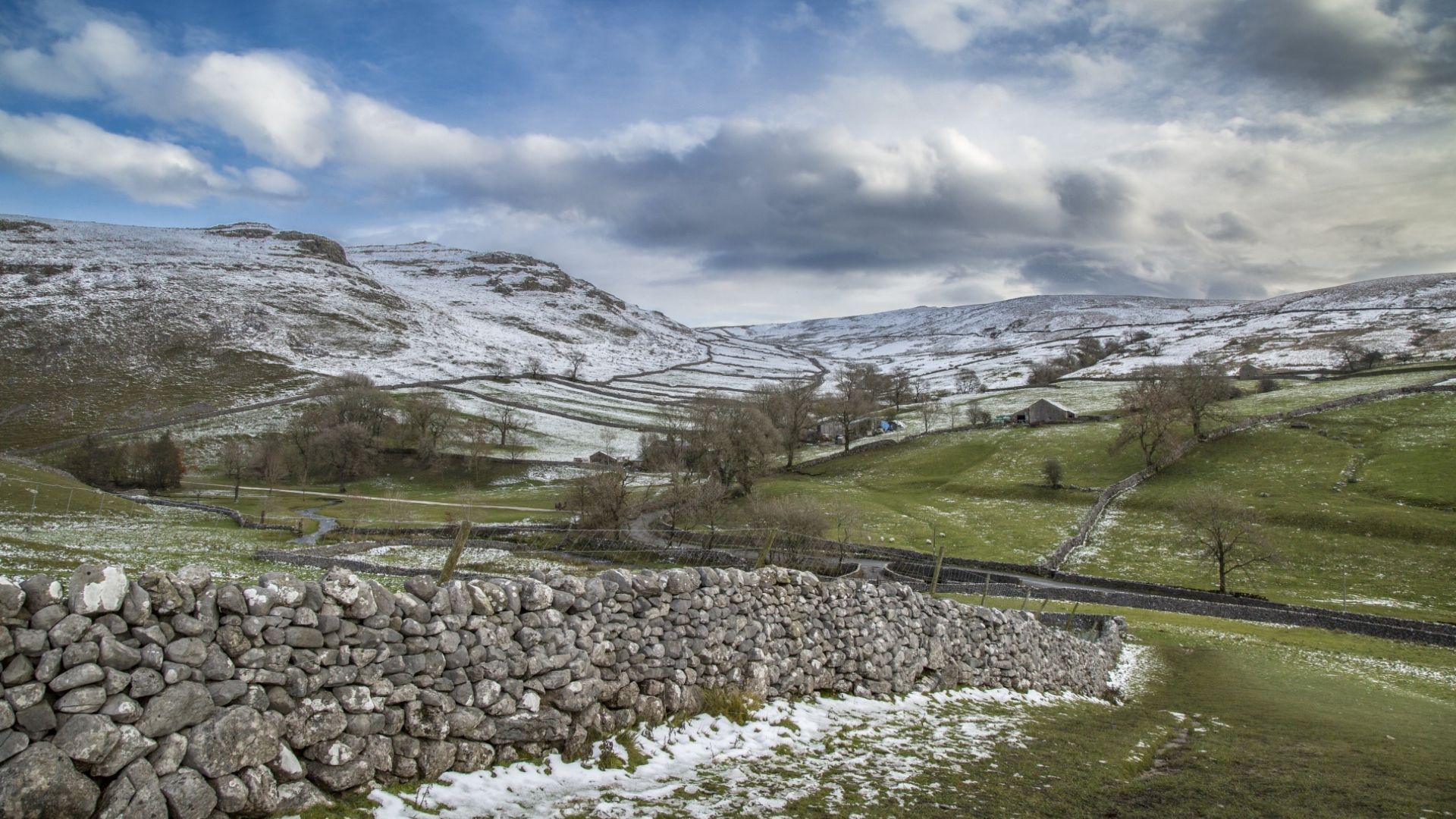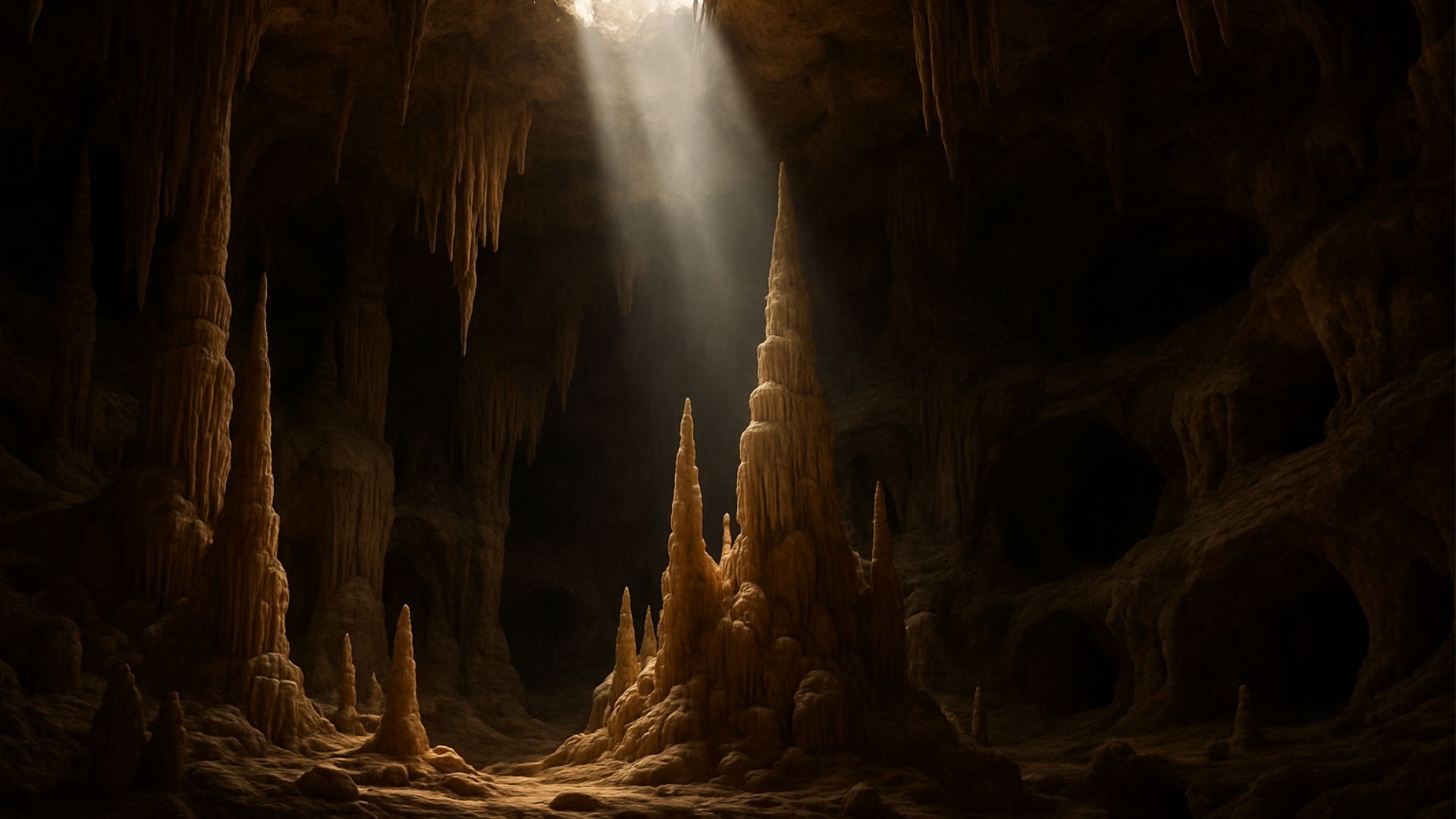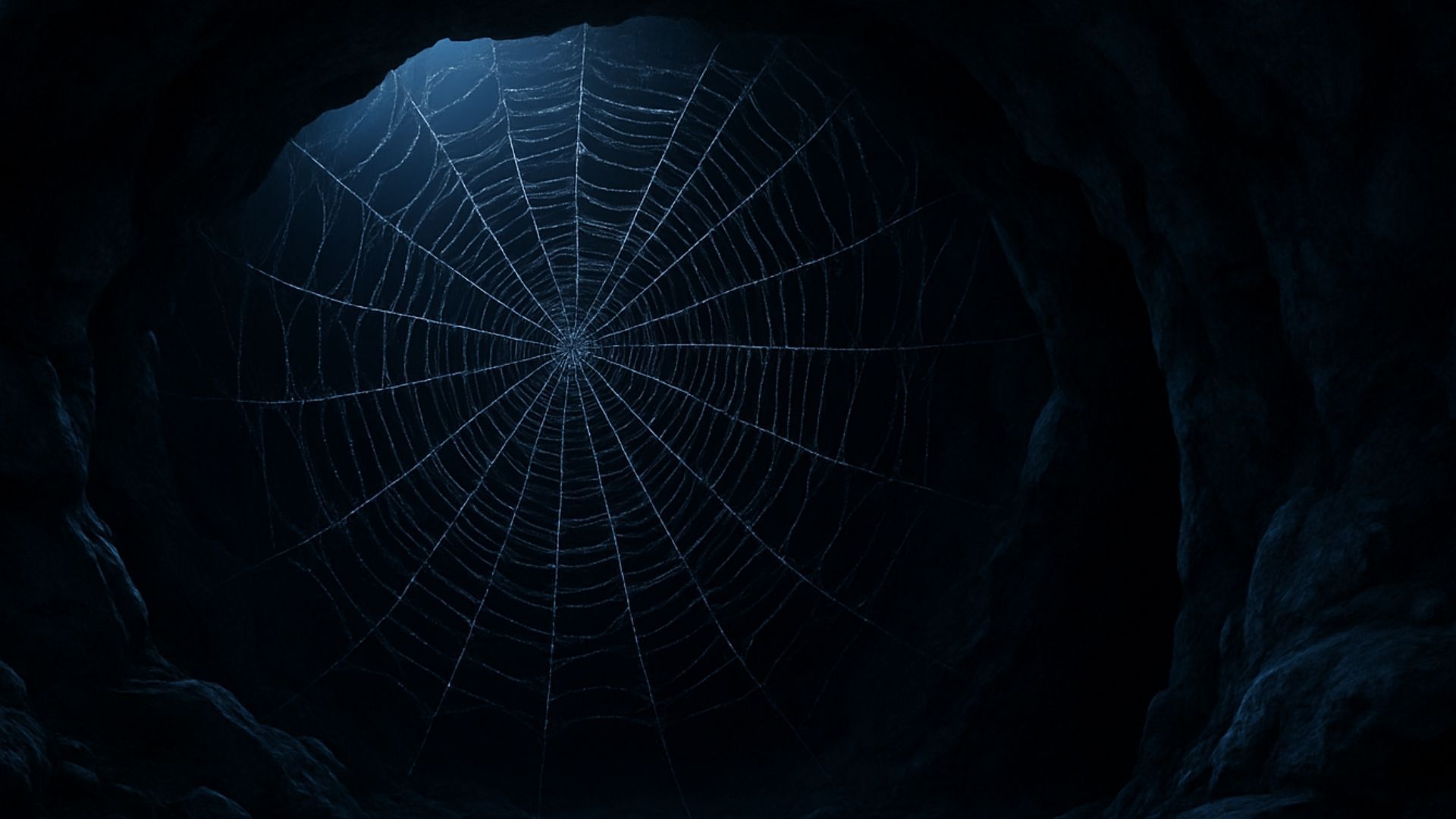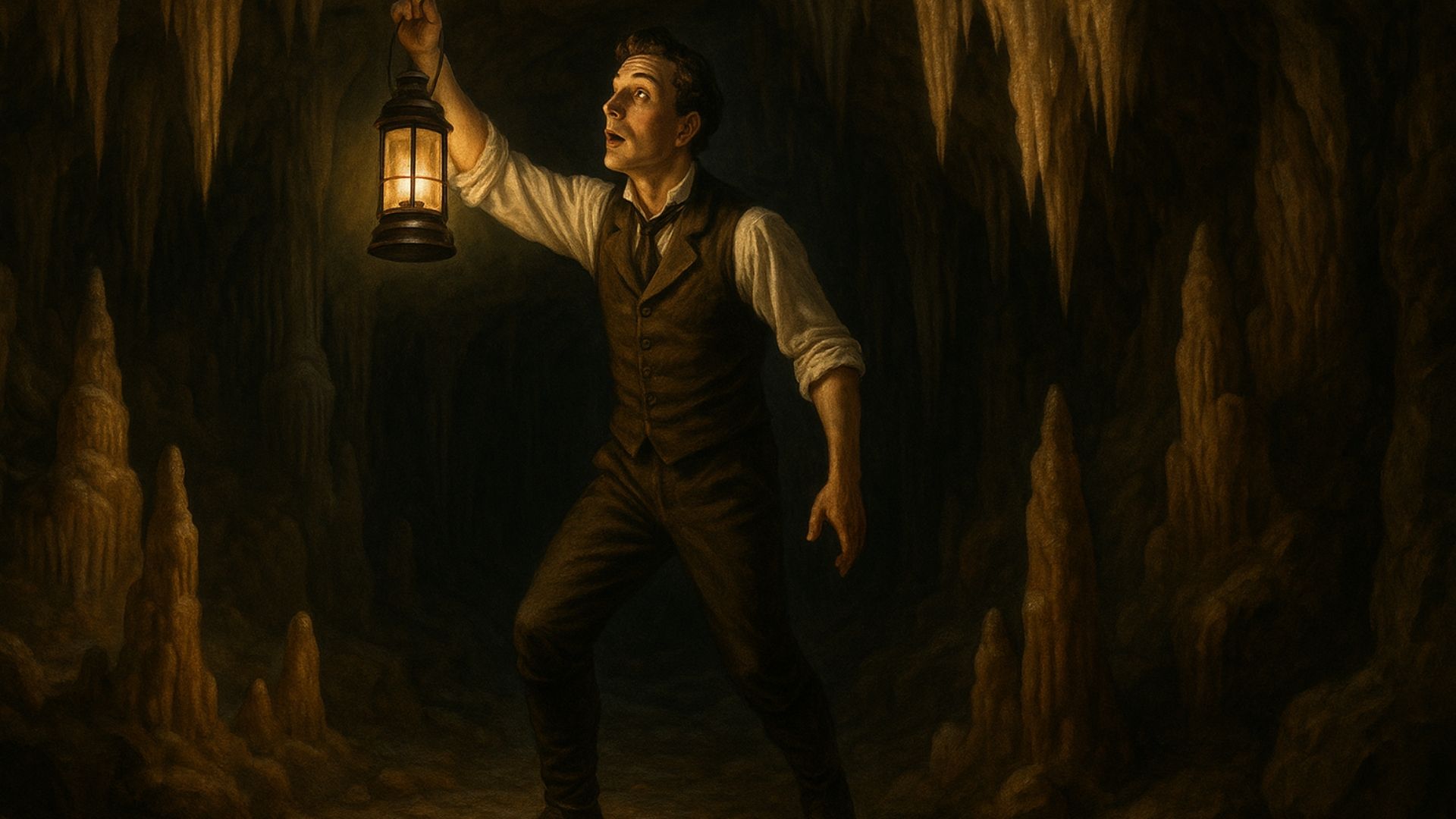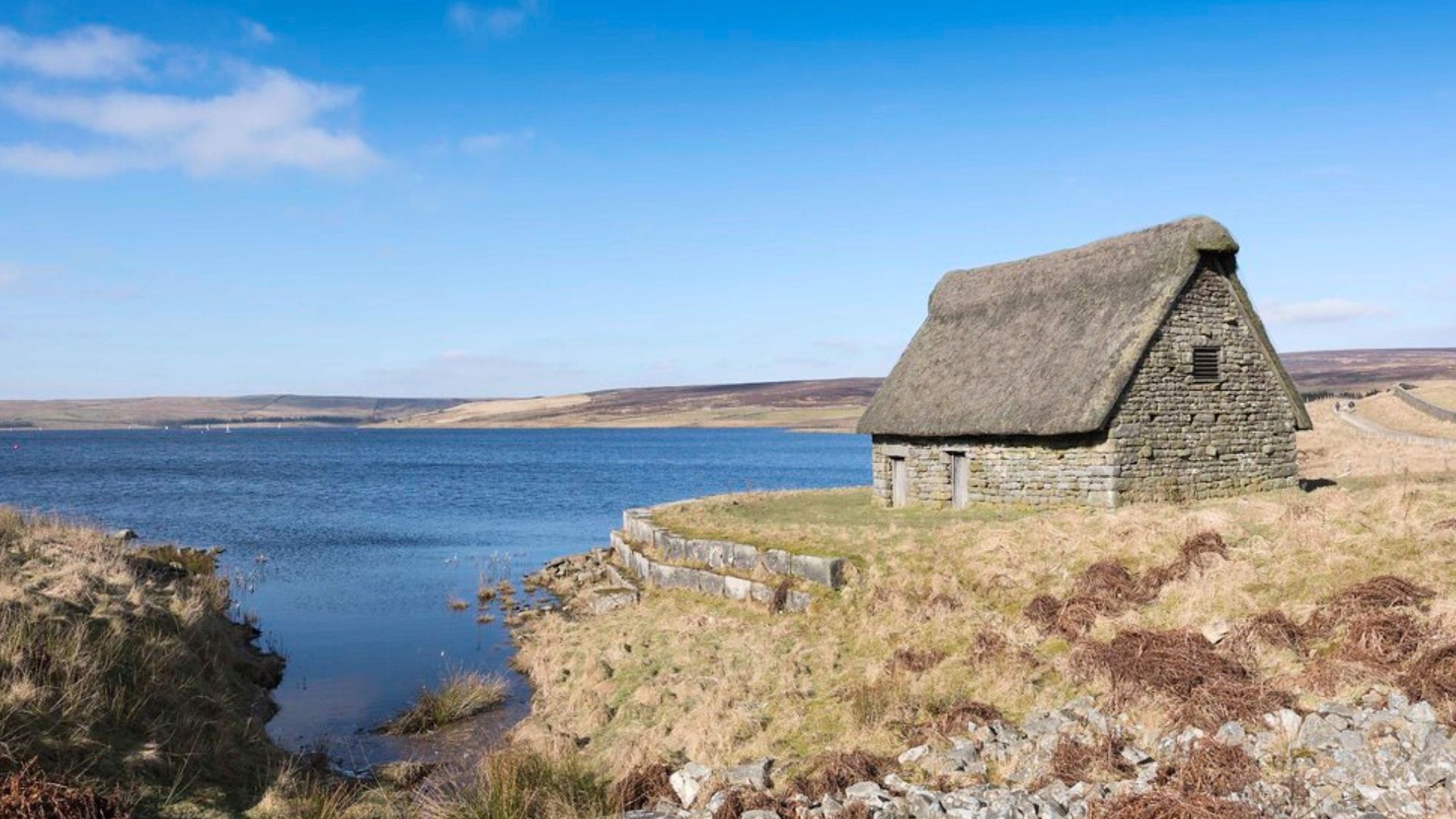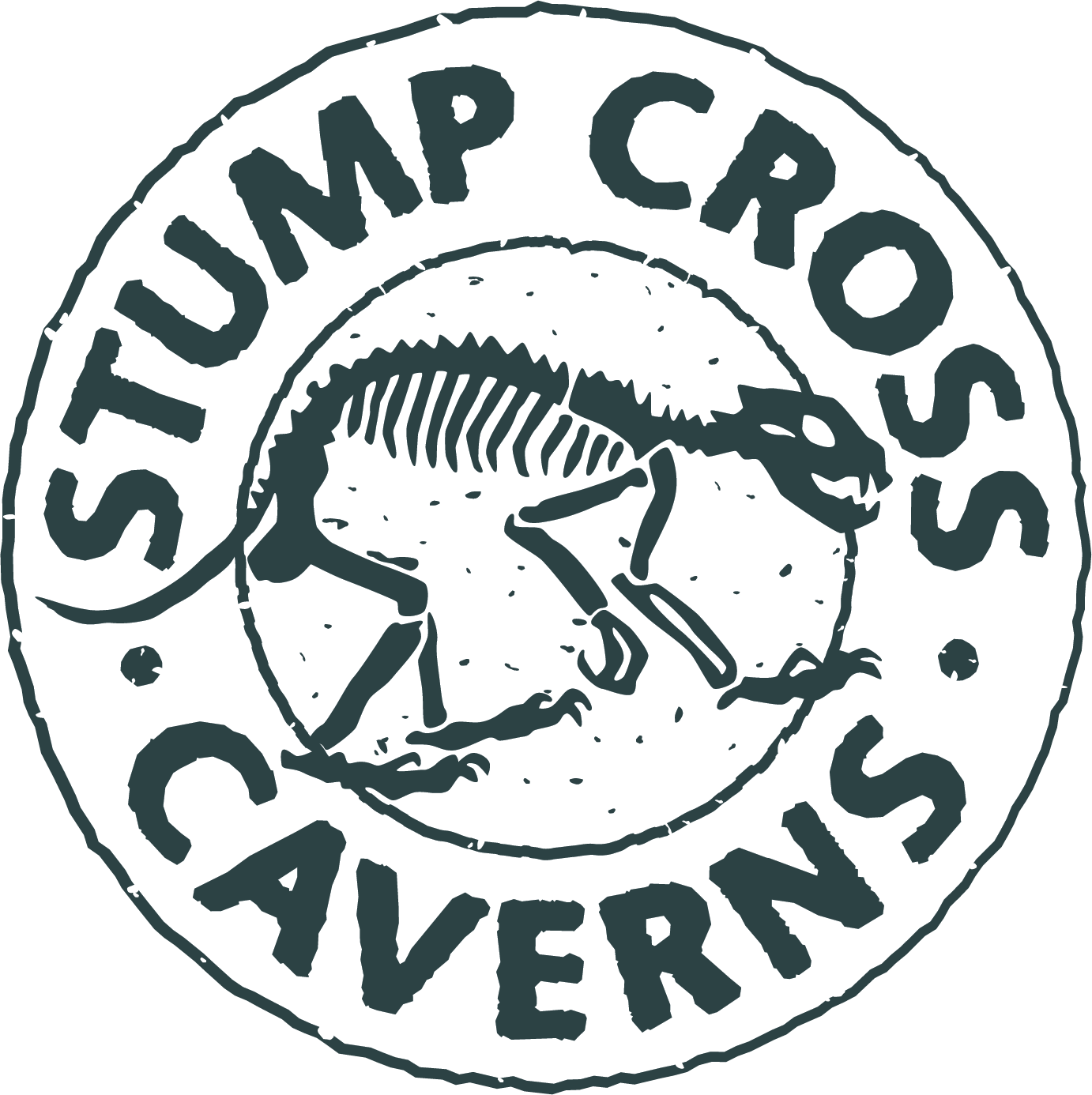Caves and the cosmos have more in common than you'd think. Learn how astronauts train in caves – and discover 2 exciting Yorkshire stargazing events.
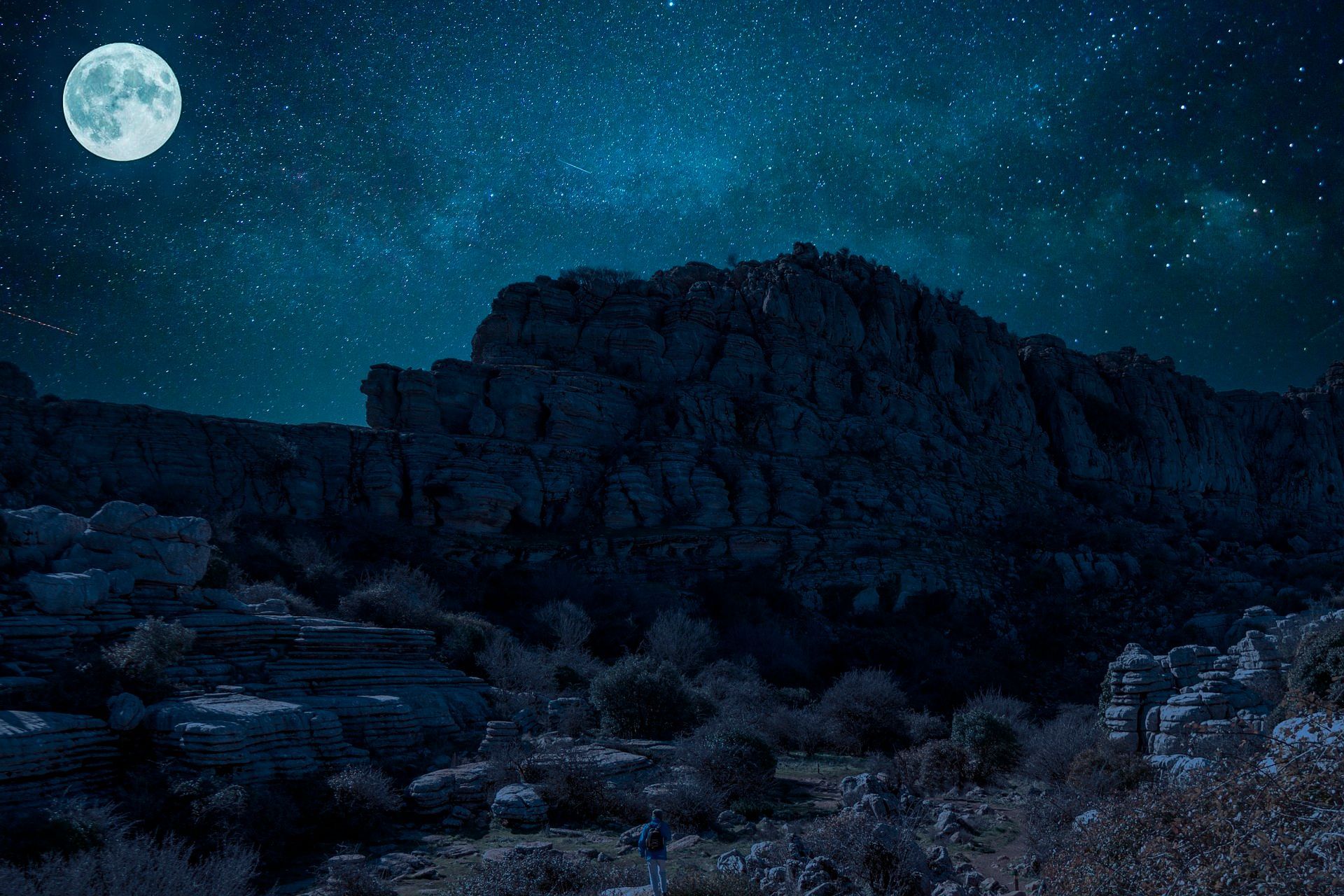
We're excited. On Friday 9 February, the annual Dark Skies Festival kicks off here in the Yorkshire Dales.
For amateur astronomers, the festival is like Glastonbury and the Proms rolled into one. It's the biggest event of its type in Yorkshire – and every year, scores of stargazers descend on the Dales to enjoy the view on high.
And
what a view. The Yorkshire Dales are blessed with some of the clearest, sparkliest skies in the country. Our low levels of light pollution mean that constellations appear as clear as day. Expect to see as many as 2,000 stars – along with the planets, the Milky Way and a few stray meteors.
This year, the festival promises more than 30 star-spangled events – including
a few family-friendly activities right here at Stump Cross Caverns.
But more on that later. Because all this stargazing has got us thinking: how would it feel to travel among the stars – and how do astronauts prepare for their celestial adventures?
It turns out that caves and the cosmos have more in common than you might have thought.
First steps into space
Picture the scene.
You're an astronaut. You wake up – refreshed, but still a little groggy. You unzip your tent and crawl out. There are other tents pitched in neat rows nearby.
The landscape is rocky, desolate and dark. The only light sources are a couple of basic electric lamps. Your footsteps echo around your ears.
It's day five of your mission. Or, at least, you
think
it's day five. It's hard to tell when you haven't seen sunlight for so long.
"Mars is really chilly at this time of year", you think to yourself. Then you remember that you're not on Mars. You're deep in a limestone cave somewhere on the island of Sardinia.
You're in a cave because you're preparing to go to space. You're a proud participant of the European Space Agency (ESA) CAVES training course.
The ESA CAVES program
ESA really does send astronauts into Sardinian caves. Teams of astro-rookies visit for three-week stretches to prepare themselves for the harsh reality of space.
The training course is called CAVES, which (just about) stands for
Cooperative
Adventure for
Valuing and
Exercising human behaviour and performance
Skills.
Participants spend the first few days solving team tasks and performing scientific studies. Then, on day five, they begin a six-day exploration that will take them deep into the dark, humid cave system.
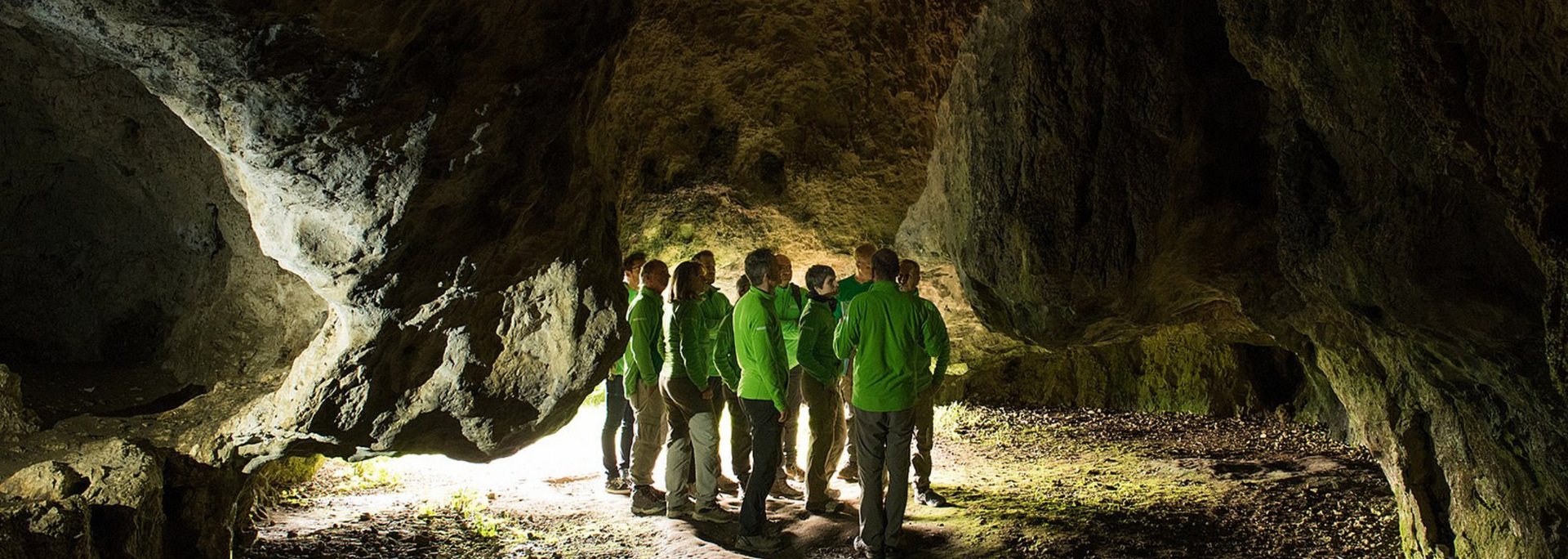
If you're thinking, "This sounds like a teambuilding day taken to extremes", you'd be bang on the money.
Just like your work-sanctioned day trip to a local escape room, CAVES aims to teach participants how to cooperate and solve problems. The difference is that these astronauts aren't learning how to work with Barry from finance – they're building vital skills that they'll eventually use on a real spaceflight.
But, you may be wondering, why a cave?
Caves and the cosmos
It's difficult to recreate cosmic conditions on Earth.
Plenty have tried. You might have heard of
human centrifuges – those gigantic spinning tops that simulate the intense G-force of atmospheric reentry. Or
reduced gravity aircraft, which take death-defying nosedives to create brief moments of weightlessness for those onboard.
The problem is that this kind of equipment is bulky, expensive and only really deals with one aspect of spaceflight: gravitational conditions.
To really get to grips with space, you have to go back to basics and start poking around in a cave.
Here's the thing. Space is a dark, cold and lonely place. You can ride the human centrifuge until Tuesday afternoon, but it won't prepare you for the sheer isolation of spaceflight.
Caves are pretty dark and lonely too. In fact, they're pretty much the closest thing to space that we have here on Earth.
And unlike zero-G aircraft, they're cheap and abundant. We know of thousands of caves around the world – and there are probably many, many more yet to be discovered. A multi-million pound rocket launch this is not.
The scientists say it best. Here's ESA's
explanation as to why they use caves for training:
"The cave environment provides many space-relevant conditions, including isolation from the outside world, lack of diurnal cycles, confinement, minimal privacy, technical challenges, limited equipment and supplies for hygiene and comfort, and the constant presence of risk."
This isn't the only reason that ESA sends space trainees underground. It's also a great excuse for them to practice their spacewalking skills.
While they're underground, the fledgling astronauts undertake a simulated spacewalk – or "cavewalk" – along the limestone walls. Aided by cables and tethers, they navigate across tricky obstacles in near darkness.
As ESA says, "'cavewalks' are similar to spacewalks because they require safety tethering, 3D orientation, staying clear of dangerous areas and careful planning and teamwork".
After all that, we bet a real spacewalk feels like a tea break.
The Stump-space connection
Stump Cross Caverns has not – as yet – welcomed any astronauts for space training.
But we came very close in 1963. That summer, a local caver called Geoff Workman
spent an astonishing 105 days underground at Stump Cross.
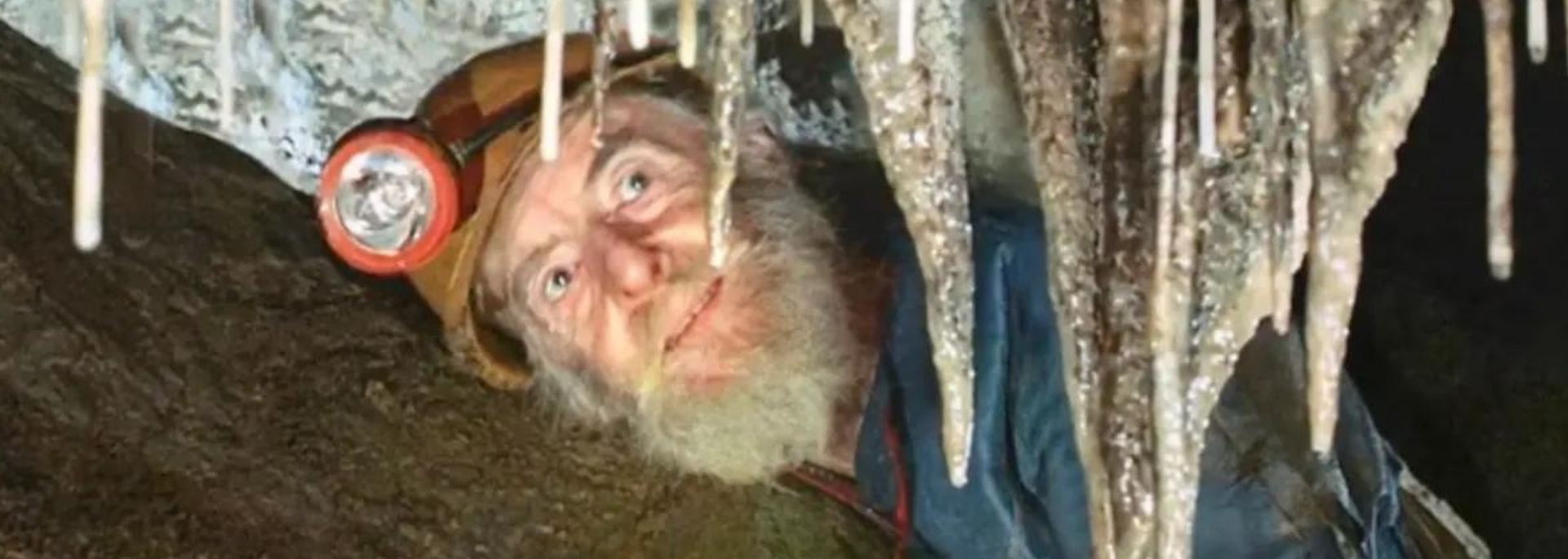
Geoff's extended sleepover earned him a Guinness World Record and a page in the history books. But he didn't go underground for glory – he had far more important things on his mind.
See, Geoff wasn't just a caver. He was also a rocket scientist. Inspired by nascent cosmic voyages and ever-hungry for new knowledge, he descended into the caves to learn how long periods of isolation affected the human body.
This is something Geoff had in common with ESA. Like the space agency, he realised that spending weeks away from civilisation might be harmful – so he put himself forward as a guinea pig to aid future generations of explorers.
All told, though, Geoff didn't mind his underground jaunt. In fact, he rather enjoyed it.
Explore the beauty of the cosmos at Stump Cross Caverns
If all this talk of astronauts and rocket scientists has you hankering for the stars, we've got you covered.
We've prepared
two dazzling, family-friendly events to coincide with the Yorkshire Dales Dark Skies Festival. Stargazers young and old, mark them in your diary now.
The first is called
Cosmic Wonders. Sign up for this event and you'll start your day with a self-guided UV cave tour. Then you'll head upstairs for a fun stargazing presentation and craft session that will delight anyone aged five or over.
The second event is a full-blown stargazing extravaganza called
A Night on the Moon. Led by astronomer Richard Darn, the evening focuses on our nearest cosmic neighbour. Equipped with a powerful telescope, you'll enjoy a crisp, close-up view of the moon's craters, mountains and lava seas.
And that's not all. Throughout the week, we'll have a resident "astronaut" on hand to tell you more about caves and their role in space training.
We hope to see you there. Until then, keep reaching for the stars.
Cosmic Wonders takes place on Friday 16 February and lasts from 2:30 PM to 5:30 PM.
A Night on the Moon starts at 7 PM sharp on Thursday 22 February and runs until 8:30 PM.
Book your tickets online today – or explore our other
fun activities in Yorkshire.

